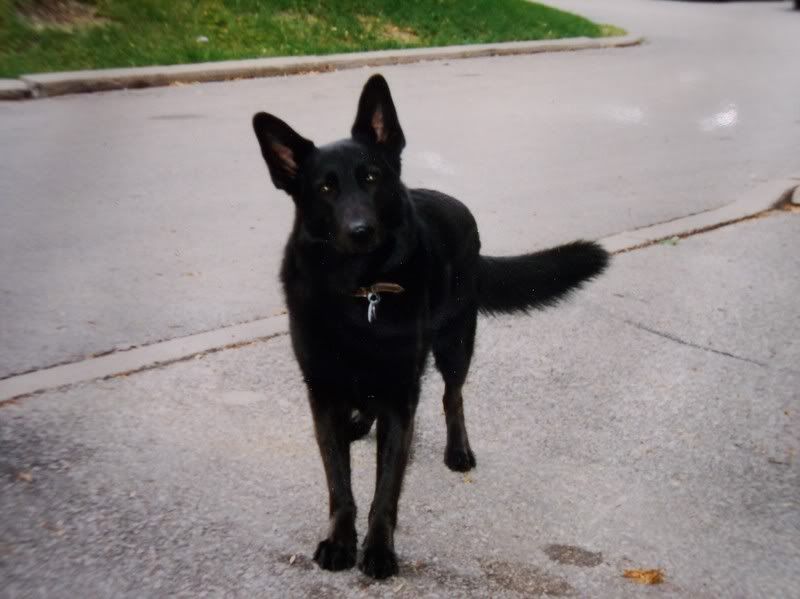 June 1st to the 3rd, Blaze and I competed in the AAC Ontario Regional Championships. Blaze qualified to compete at the AAC National Championships in Halton Hills Ontario in August. It was a great weekend, with the best dogs in Ontario competing for a chance to be at the Nationals. These weekends are always somewhat magical, with a feeling of camaraderie, and everyone sporting positive and motivational attitudes.
June 1st to the 3rd, Blaze and I competed in the AAC Ontario Regional Championships. Blaze qualified to compete at the AAC National Championships in Halton Hills Ontario in August. It was a great weekend, with the best dogs in Ontario competing for a chance to be at the Nationals. These weekends are always somewhat magical, with a feeling of camaraderie, and everyone sporting positive and motivational attitudes. Saturday's competition was hampered by the extreme heat and humidity, and many dogs and handlers were having difficulty coping. One of our Judges collapsed on Saturday and was taken to the hospital, and recovered fine. Blaze hates running in the heat, and I knew we would have trouble. In our standard run, I unfortunately misdirected him twice, costing us time and 10 faults. Our gamble run was not good, I could tell the heat had got to him, and he just gave up. Our jumpers run was quite good, except I was in the wrong position at one of the last turns on the course, and pushed him right past a jump. This put us over time and gave us 5 faults. My fault entirely. Poor Blaze! We finished Saturday's runs with 178 points, more than half way to qualifying, but lower than what I was hoping for. I was not sure if we would get the necessary 300 points by days end on Sunday.
Sunday started out a little less hot, and virtually no sun, so it felt cooler. Our first run was the gamble run, and our opening sequence went great, with Blaze getting the mini gamble twice, and he stayed with me on the course. He did get the main gamble too, but sadly he was about 1 second over time. I was happy with how he worked for me, and it gave me a good feeling about the days upcoming runs. Our best run of our agility career was our jumpers run on Sunday. It was a twisty, turny, course, in which I was able to use our new front crosses to our advantage. Blaze went clean and 9 seconds under time. This is a feat we have never accomplished before, and this is just the type of chemistry between dog and handler I want to create on a consistent basis. He placed fourth in this run, in a class of 27 dogs. Pretty awesome by our standards. Our final run of the day was the standard run, and I messed him up on the course twice. We ended the weekend with 369 points, enough to get us to the nationals. Blaze placed 12th overall in a class of 27 dogs.
Next, we are off to Halton Hills in August to compete at the Nationals. It will be our first National competition, and it will be a real treat to compete with the nation's best agility dogs.




